Ever since Homer described Achilles’ shield in The Iliad, poets have been compelled to write in response to other works of art. Though ekphrasis literally means ‘description’, ekphrastic poems can do more than describe the art they’re responding to: some imagine being inside the scene depicted in a painting; some imagine the process of shaping a sculpture; and some imagine the world of a decorative urn expanding far beyond its physical boundaries. Ekphrastic poetry can embody any encounter with a work of art, but it’s primarily a mode of writing: sometimes the work of art in question doesn’t even exist outside of the poem describing it.
As both readers and writers, we will explore the power, allure, contradiction, and mystery of this ancient approach to writing poetry. We will read everything from classics of ekphrasis by John Keats and WH Auden to recent work by contemporary poets like Sarah Howe and Diane Seuss. We will take inspiration from these writers to create our own ekphrastic poems in response to the beautiful works of art—real and imagined—that we will explore together in Bath and beyond!
The course includes literary analysis, visual analysis, creative writing activities, and workshops, and will culminate in a portfolio of poems accompanied by an artist’s statement.
An overnight study trip will take us to the British Museum in London, to see works of art that have inspired famous writers and find artworks that resonate for each of us; and to Oxford, to explore the haunts of poets and artists WH Auden and Percy Shelley, among others.
Professor: Dan Rosenberg, Associate Professor of English, Wells College, NY. Email drosenberg@wells.edu

